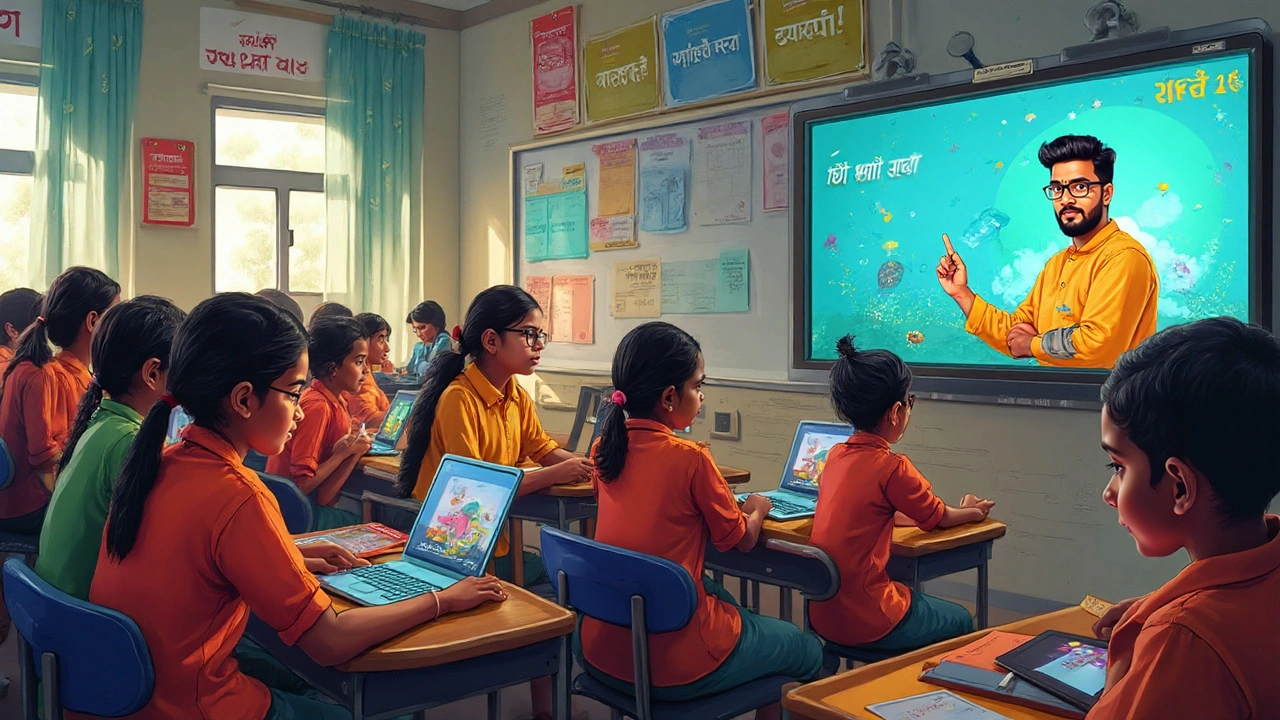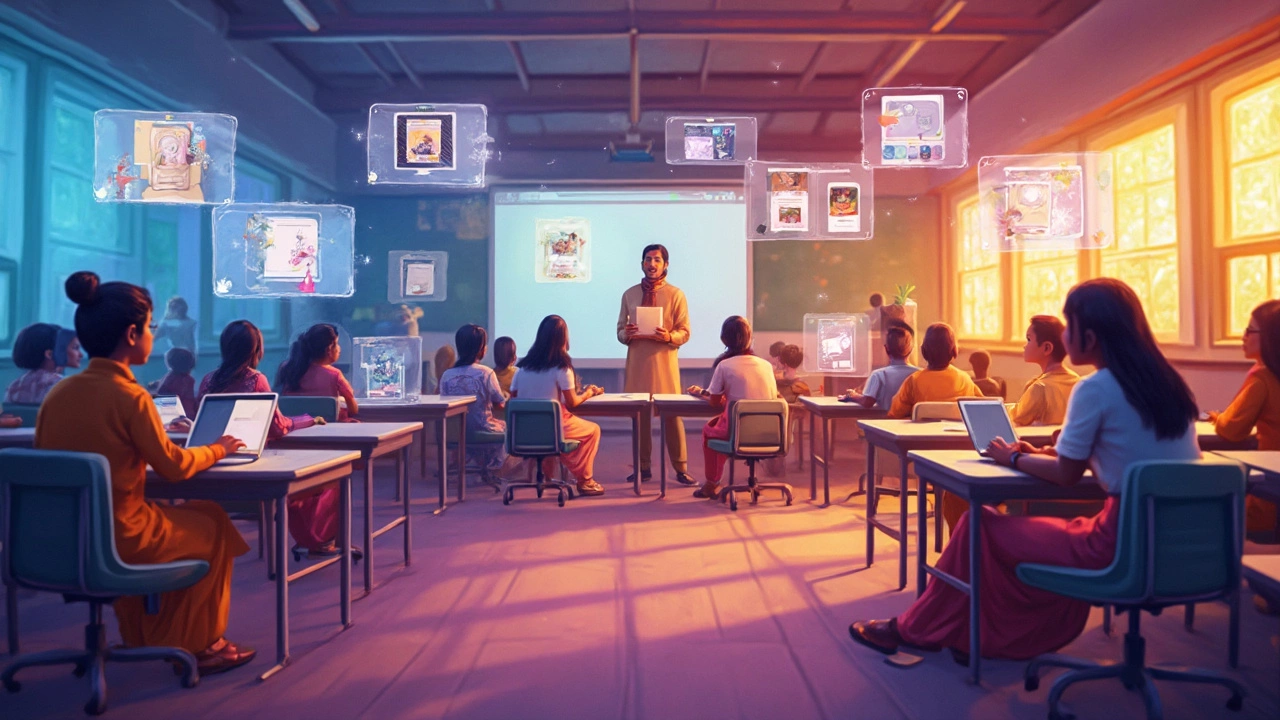eLearning Essentials: Platforms, Models, and Practical Tips
Ever wonder why some people ace their courses while others struggle with online classes? The answer often lies in the tools and methods they use. In the world of eLearning, picking the right platform and applying a proven learning model can turn a confusing video lecture into a clear, actionable lesson.
First, match the platform to your goal. If you need short, bite‑size videos, a platform with a strong mobile app and fast streaming is a must. For deep‑dive subjects that require quizzes, assignments, and peer interaction, look for a system that supports grading and discussion boards. Knowing what you want to achieve saves time and keeps motivation high.
Popular eLearning Platforms in 2025
Here are three platforms that consistently rank high among students and teachers:
- LearnX – Offers high‑quality video production, offline download, and AI‑driven personalized playlists. Great for self‑paced learners.
- ClassFlow – Built for schools and institutes, it combines live streaming, real‑time quizzes, and a built‑in LMS that tracks progress.
- SkillBridge – Focuses on professional upskilling with industry‑certified courses, hands‑on projects, and a community mentor system.
All three let you set learning goals, track time spent, and get instant feedback. Choose the one that fits your schedule, budget, and the type of content you prefer.
Effective eLearning Models to Try
Even the best platform won’t help if you study the wrong way. Below are two models that work for most learners:
- Blended Learning – Combine short online modules with occasional in‑person or live‑video sessions. The online part gives flexibility; the live part clears doubts and keeps you accountable.
- Flipped Classroom – Watch lectures at home, then use class time (or a discussion forum) for problem‑solving and feedback. This flips the usual order and forces you to apply knowledge right away.
Both models rely on active engagement. Instead of passively watching a whole hour, pause every 10 minutes, write a summary, or answer a quick quiz. This habit forces your brain to process and store information.
To make the most of any model, set up a simple routine: decide on a daily study slot, pick a specific goal (e.g., finish one chapter or solve five practice questions), and use the platform’s built‑in timer to stay on track. After each session, spend two minutes reviewing what you learned and jot down any lingering questions.
Finally, don’t ignore the social side of eLearning. Join a study group on the platform’s forum, share resources, and ask for feedback. Interaction builds accountability and often reveals shortcuts you wouldn’t find on your own.
By pairing a reliable platform with a proven learning model and a consistent routine, you turn eLearning from a vague concept into a powerful personal development tool. Start with one platform, experiment with blended or flipped methods, and tweak the process until it feels natural. Your next certification, degree, or skill upgrade is just a few clicks away.
What is eLearning Called? Understanding Modern Learning Terms & Platforms
Explore what eLearning is called, why the term matters, and how it shapes modern education. Dive into current trends, tools, and best practices for digital learning.
read moreCan I Do eLearning on My Phone? Your Handy Guide
Wondering if your phone is enough for eLearning? This article cuts through the hype and lays out what really works when studying online with just your mobile. Get a breakdown of pros and cons, tips to boost your study game, and honest advice on which apps actually help. You'll learn about tricks for making any small screen work for learning, plus real-life hacks to avoid burnout and distractions. Ready to turn your phone into a study tool?
read moreDiscover the Three P's of eLearning for Success
Explore the three essential P's of eLearning: Personalization, Practicality, and Participation. These principles are key to enhancing online education experiences. Learn how each aspect contributes to successful and engaging eLearning environments.
read moreAre Virtual and eLearning the Same? Exploring Key Differences
Virtual learning and eLearning are often confused, but they have distinct characteristics. Virtual learning typically involves real-time, interactive experiences similar to a classroom setup, often using tools like video conferencing. eLearning, on the other hand, is usually self-paced, involving pre-recorded lectures and online assignments that can be accessed any time. Understanding these differences can help you choose the right method based on your learning style and needs.
read moreClassroom Learning vs eLearning: Understanding the Key Differences
Classroom learning and eLearning have distinct differences that cater to diverse learning needs. While classroom settings provide face-to-face interaction, eLearning offers flexibility and access to various resources online. Understanding these differences can help students and educators choose the best method that suits their learning preferences. Both methods have unique benefits that can enhance educational experiences. This article explores these differences and offers tips on how to leverage each approach effectively.
read more



